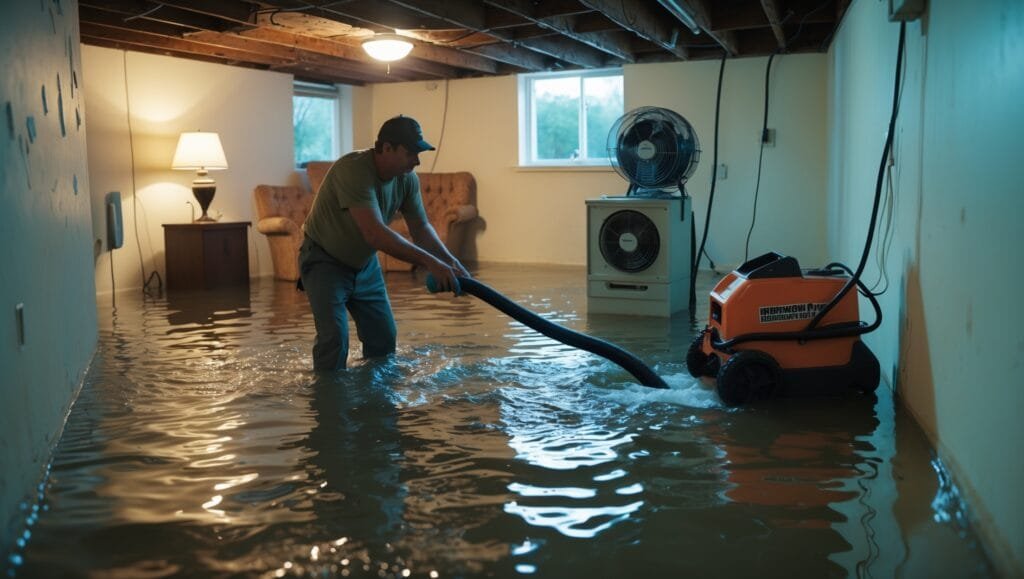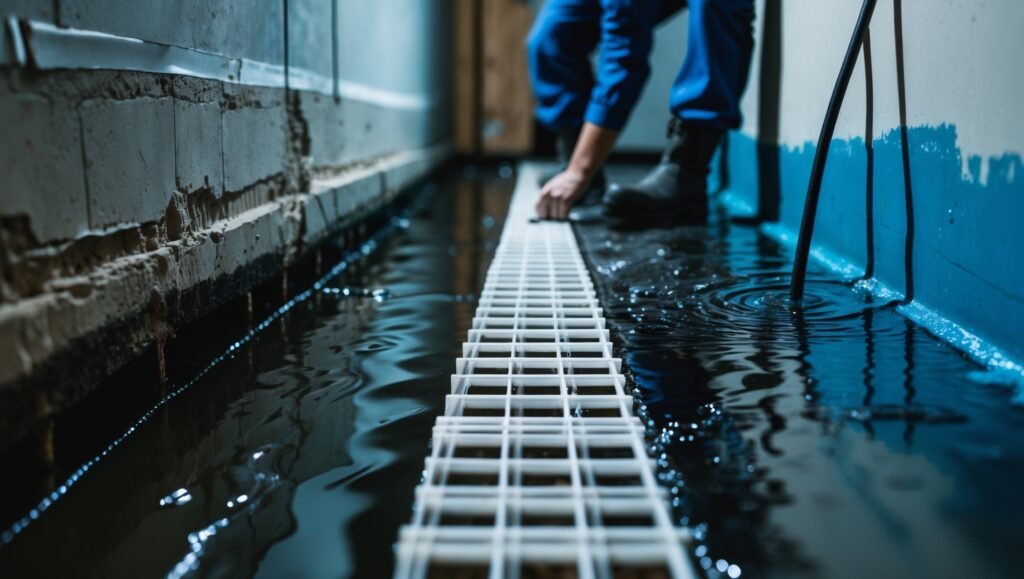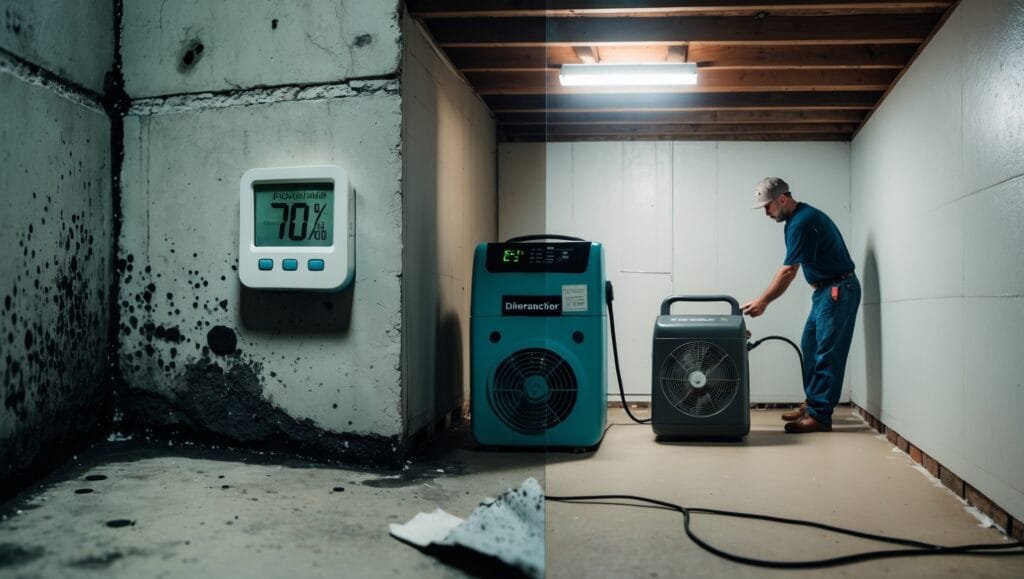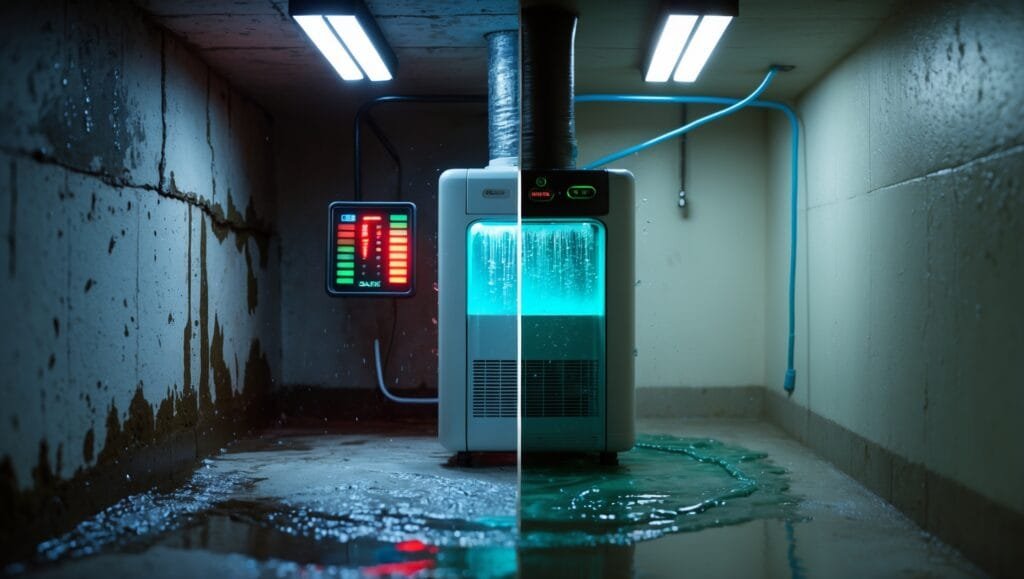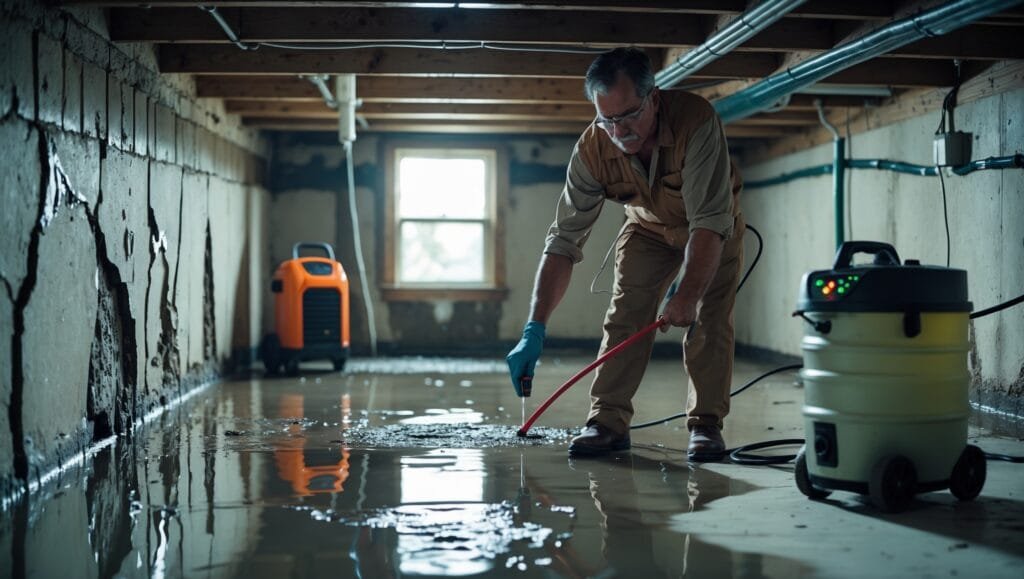Understanding Basement Water Threats
Water is the silent destroyer of basements everywhere.
Every homeowner fears that moment when water starts creeping into their basement, causing potential damage that can cost thousands in repairs. A sump pump is your first line of defense against this nightmare scenario.
How Water Invades Your Basement
Water can enter your basement through multiple channels:
- Groundwater seepage
- Heavy rainfall
- Melting snow
- Cracks in foundation walls
- Poor drainage around your home’s perimeter
The Sump Pump: Your Water Defense Mechanism
A sump pump is essentially a specialized water removal system designed to keep your basement dry. Here’s how it works:
- It’s installed in a specially constructed pit (sump pit) in the lowest part of your basement
- When water levels rise, the pump automatically activates
- It pumps excess water away from your home’s foundation
Types of Sump Pumps
Not all sump pumps are created equal. You’ve got a few key variations:
Submersible Sump Pumps
These pumps sit directly inside the sump pit, fully submerged. They’re quieter and more powerful, making them ideal for basements with consistent water issues.
Pedestal Sump Pumps
The motor sits above the pit, making maintenance easier. They’re less expensive but typically less powerful than submersible models.
Why Waterproofing Matters
Waterproofing your basement isn’t just about avoiding wet floors. It’s about protecting your home’s structural integrity, preventing mold growth, and maintaining your property’s value.
Check out our comprehensive drainage system solutions for more insights.
Potential Consequences of Water Damage
- Structural foundation deterioration
- Mold and mildew growth
- Electrical system damage
- Decreased property value
- Health risks from moisture-related issues
A sump pump to waterproof your basement isn’t just an option—it’s a critical investment in your home’s future.
Want professional help? Contact Healthy Spaces for expert basement waterproofing.




